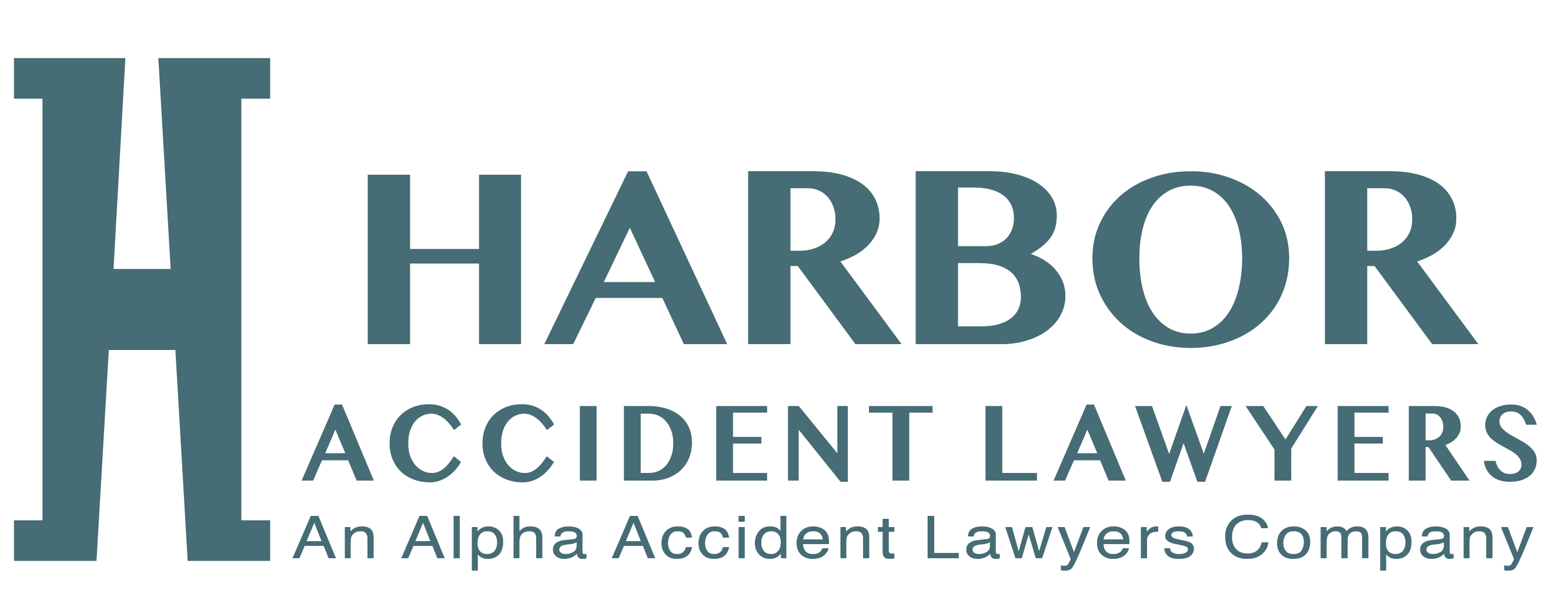
Over 90% of all lawsuits get settled out of court – many of which are personal injury settlements. That might leave you wondering how are personal injury settlements paid out. The legal process doesn’t end immediately upon reaching a settlement. Learn more about payouts after you agree on a settlement.
How Personal Injury Settlements Are Paid Out
Once the claim is settled, you sign some paperwork and wait to be paid out. The insurance company usually assures your claim is over by having you sign a release form indicating that you waive your right to any further claims. The money paid will then show up on your settlement draft.
Sign the Release Form
After you reach a settlement, you’ll have to sign some documents to close things out. An important one of which is the release form. This is the agreement mentioned above that you won’t try to get more money or renegotiate the settlement from the at-fault party and the insurance company.
Occasionally there is a disagreement regarding the terms of the release. This can sometimes cause delays. Cases that involve minors may also complicate matters and result in delays.
Can You Reopen a Claim?
It’s very difficult to reopen a claim once it has settled. In most cases, you’ll be unable to try to further engage with the insurance company regarding your settlement. Examine the offer carefully with your lawyer before you accept.
If there is anything that you’re unsure of, ask your lawyer for their advice. If you want more than what they’re offering, you can decide together if it’s worth pursuing. Once you sign the release, you will effectively relinquish your rights to any further settlement negotiations on the claim.
Write a Check
Your attorney sends the release to the other party’s insurer. The check will go to your attorney’s law firm. Your attorney will then deposit the check and get to work to negotiate any past-due medical bills or other expenses. Not every case involves past-due medical expenses, but many do. They are usually paid out to:
- Government health insurance programs
- Healthcare providers
- Group health insurance carriers
These expenses are often called “liens” and take precedence before you receive your portion of the settlement. There are several other costs that may lower your settlement amount detailed below.
How Long Does It Take to Get your Check?
State law mandates certain deadlines and constraints that insurance companies must adhere to. They send your check out at some point within the deadline set forth. Once you’re notified that they sent it, you should see it in about two weeks. If your check does not arrive within that period, notify your lawyer. In delaying payment, the insurance company could be acting in bad faith.
Other Costs That Reduce the Settlement Amount
The reality is that high settlement amounts don’t always translate into high settlement payments. They can, and do, but it’s important to know about what additional costs may affect your payout.
Unexpected Bills
When personal injury settlements take weeks or months to finalize, additional costs can accrue. A common reason for unexpected bills is when you further medical care for your injuries during the settlement process.
Your Attorney’s Fee
Most personal injury attorneys work on contingency. That means that you won’t have to pay any money upfront to hire them. Also, if your attorney fails to reach a settlement, you won’t be responsible for their fee. Once you reach a settlement, however, and the attorney deposits the check, they will take their fee from the payout.
Taxes
Settlements are taxed. You may be required to pay taxes on some or all of your settlement payout for the fiscal year in which it was received. The federal government is less likely to tax injury settlements than it is punitive damages.
Lump-Sum Payout vs. Structured Settlement
There are two different ways in which you can get your settlement. They include a single, lump-sum, or structured settlement. With a lump-sum payout, a single check is sent out for the settlement amount in its entirety. A structured settlement pays smaller amounts incrementally over a period of time.
With the help of a broker, you can choose to schedule your payments to fit your budget and lifestyle. What’s nice about this is that you can schedule payments to coincide with your expenditures. There are multiple options to choose from. Annual, quarterly, monthly payments, or a combination can be selected. You can also choose to increase or decrease payments if one of them fits your budgetary needs better.
Speed Up the Settlement Process
If you need your settlement as soon as possible, there are a few things you and your attorney can do that might speed the process up. The first is to draft a release form as soon as the settlement has been reached. That way you’re ready for the next step as soon as the insurer is.
The second is to submit everything to the insurance company as soon as possible. There are several things they need before they’ll cut the check. The sooner they get them, the faster they can send you your settlement.
Do You Have a Claim?
We hope this personal injury guide has answered your question regarding “how are personal injury settlements paid out.” It can take from a few weeks to a few months to reach a settlement, then it depends on how quickly the insurance company acts for your check to be sent. Once it is sent, you should receive it within two weeks. If you’d like to learn more about personal injury settlements, contact us today.
